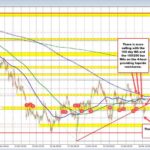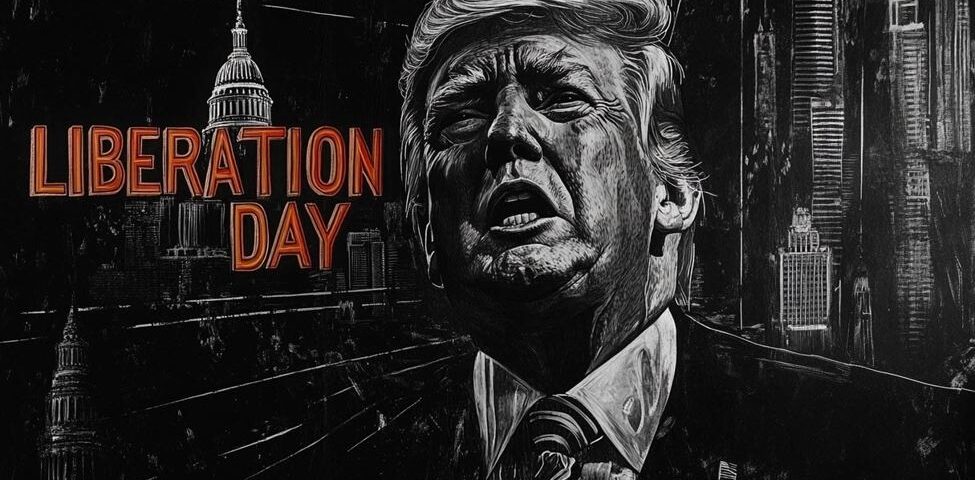
RBA Holds Cash Rate Steady: What This Means for the AUDUSD
Tháng 4 1, 2025
Economic Insights: Dallas Fed Surveys Illuminate Texas Sector Performance
Tháng 4 1, 2025Donald Trump’s Evaluation of Tariff Proposals: What You Need to Know
Recent reports indicate that former President Donald Trump is actively considering various tariff proposals as part of his economic strategy. Notably, one of the most striking options on the table is a potential 20% tariff on most imports to the United States. This proposal aligns with Trump’s broader economic agenda, set to coincide with what he refers to as “Liberation Day” on April 2. While the final decisions are still pending, the discussions surrounding these tariffs are already stirring significant debate and speculation in economic circles.
Understanding the Proposed Tariff Strategies
In evaluating tariffs, Trump appears to favor a straightforward and consistent approach. His proposals can be categorized into three main types:
Universal Tariff: This strategy suggests employing a single, uniform tariff rate on a wide array of imports. By implementing a universal tariff, Trump aims to simplify the process and create a clear framework for trade policy. Such an approach could potentially streamline regulations and make it easier for businesses to navigate the complexities of international trade.
Differential Tariffs: Another consideration is the option of differential tariffs, which would permit the application of varied rates based on the originating countries of the imports. This targeted method allows for greater economic pressure on specific nations, particularly those that may be levying high tariffs on U.S. goods. Such a strategy supports the idea of reciprocity, pressing other countries to engage in fair trade practices. For a broader perspective on international trade stability, insights can be found in an analysis of China’s strategic moves, particularly as discussed in this blog.
Reciprocal Tariffs: The third proposal involves implementing reciprocal tariffs that reflect the rates imposed by other nations on American goods. This strategy intends to encourage foreign countries to lower their tariffs on U.S. exports, thus fostering a more balanced trade environment. By mirroring tariff rates, the U.S. might drive global partners to reconsider their trade policies, ultimately benefiting American exporters.
Economic Implications of Tariff Proposals
The uncertainty surrounding these tariff proposals has already begun to affect global markets. Investors are showing signs of concern regarding the potential implications on inflation and recession risks. A shift in U.S. trade policy, particularly one as significant as imposing a universal 20% tariff, could lead to increased costs for consumers and businesses alike. As companies adjust to these new tariffs, there is a genuine fear that the prices of imported goods will skyrocket, contributing to inflationary pressures.
Moreover, the prospect of retaliatory measures from other countries may also lead to an escalation of trade tensions, further compounding economic uncertainty. History has shown that such movements can trigger a ripple effect across global markets, leading to wider repercussions that could destabilize economies.
In summary, while the ideas behind Trump’s tariff proposals reveal an intention to reshape U.S. trade policy significantly, the impact of such changes remains to be seen. As discussions evolve in the lead-up to “Liberation Day,” stakeholders across various sectors will be keenly monitoring these developments, weighing their potential economic ramifications while preparing for whatever decisions might ultimately come to fruition.

